1. What style of kayak should I rent?
Kayaks may all look pretty similar to the newbie, but there are actually multiple different kayak designs intended for specific conditions and paddling styles.
For example, recreational kayaks are wide and their stability makes them a good place to start for the new paddler. If you are renting a kayak for a few hours on a calm lake, this will be a good choice.
If you are renting a kayak for a longer trip, especially one in rougher or more open water, touring kayaks will be best. Touring kayaks have more space to store food and gear, and they are significantly longer and narrower than recreational kayaks. You will notice that many also come with a rudder or a skeg attached to the stern, a feature we will cover below.
Touring kayaks come in different sizes. Some are for multi-week expeditions and therefore much longer with extensive storage, while day touring kayaks will be shorter.
Sit-on top-kayaks feature a low, wide seat and you don’t have the option of using a spray skirt. They are extremely stable due to a wide design, and if you are a nervous kayaker, kayaking with a child, are a beginner or want something to fish from they can be a great choice. With a sit-on-top kayak, you will be more exposed to the sun and water.
If you’re still not sure which kayak to rent, tell the outfitter about your trip. They’ll be able to recommend the best boat for you.
2. Do I want to kayak solo or tandem?
One of the more basic questions you should ask yourself before you rent a kayak is whether you want to paddle solo or tandem. The names are self-explanatory— solo kayaks are for one paddler and tandem kayaks are equipped for two.
Renting a tandem kayak can be a good choice if you or your paddling partner is nervous and the experience would be more confidence boosting with a buddy. Tandem kayaks can also be great if you are paddling with a child who isn’t ready to kayak alone.
If one kayaker’s ability or strength means they won’t do well paddling a solo kayak, having a stronger or more capable tandem partner is key. Some experienced kayakers also simply enjoy the companionship and teamwork that a tandem provides. See tandem kayaks here.
A solo recreational kayak offers more independence and freedom, and the paddler is solely responsible for the direction and performance of their boat.
Don’t worry about making the wrong decision. The beauty of renting kayaks is that you can try both. If paddling with your friend or partner doesn’t work out, the next time you go kayaking you can both try a solo boat.
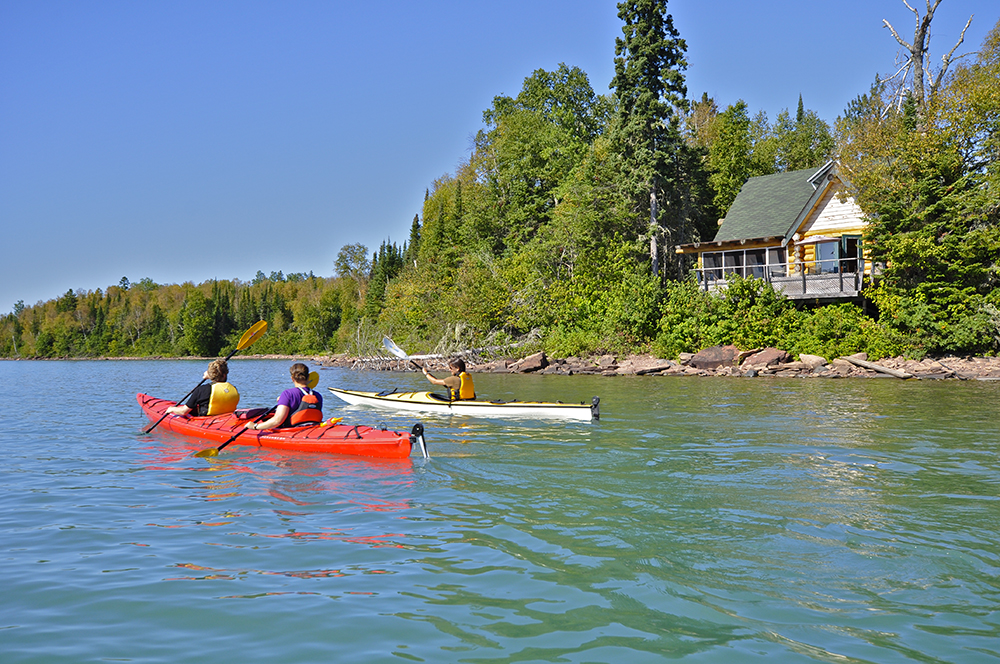
3. Do I want a kayak with a skeg or a rudder?
When you go to rent a kayak, you may have the option of choosing between a kayak that has a skeg and one that has a rudder. What are skegs and rudders, and what is the difference between them?
A skeg is a blade that comes down from a compartment near the kayak’s stern. A cable that the paddler can adjust from inside the cockpit, usually positioned by their leg, controls the depth that the skeg drops into the water.
The purpose of the skeg is to aid tracking and control the influence of waves, wind, and current on the kayak by allowing the stern to better stay in place on the water.
A skeg can aid tracking and trimming for wind, but doesn’t aid turning. Since you can use the cable to control how much of the skeg is actually in the water, you can adjust how much control you need based on conditions. View kayaks with skegs here.
Some people prefer skegs to rudders because of their simplicity. Skegs have less moving parts than rudders, and if your kayak rental day will be one of your first paddling, it may be good to keep it simple and avoid spending time dealing with learning how to use a rudder.
A rudder differs from a skeg because the paddler can move it side to side in the water. A rudder is usually outfitted to the stern of a kayak, with cables that connect to foot pedals the paddler controls with their feet from inside the cockpit.
Rudders are good for controlling the direction and if used properly can decrease the amount of time you need to spend using correcting strokes. A rudder can usually be flipped out of the water if the paddler doesn’t need or want to use it.
If you are renting a kayak to work on your beginner strokes and develop basic skills, you may want a kayak without a rudder to avoid relying on it instead of learning the correct techniques for turning. View kayaks with rudders in our Paddling Buyer’s Guide.
Once at your kayak outfitters, ask about the specific mechanisms of the skeg and rudder systems on their kayaks, as they can vary depending on the age and make of boats.
4. Once I rent a kayak, will I take a lesson, be guided or paddle by myself?
Renting a kayak is simply a means to get you on the water. You will need to decide what you want to get out of the experience. Many places that rent kayaks will also offer lessons, ranging from beginner lessons to advanced and skill-specific clinics.
Even if you are an experienced paddler, combining a kayak rental with a lesson can help you greatly enhance your capabilities. You also may be able to have a lesson for half of the duration of your rental period and free paddle for the remainder.
If you want to explore but you aren’t quite ready to do so yourself, your kayak outfitter may also offer guided trips. Renting a kayak and then going on a guided tour, whether it is for a few hours or a week, can allow you to get instruction, learn about the area’s environment and history and enjoy the beauty of a new place.
If you are experienced in kayak touring, you may rent a boat and then go paddling on your own. You can use your kayak rental shop as a resource. Some may offer trip plans, pack your food for you, rent additional safety and equipment and shuttle you back from your take-out.
5. How prepared am I to go kayaking?
While renting a kayak, paddle and spray skirt may seem like the essentials for hitting the water, there are many other considerations to make sure you and your paddling partners are safe. If you decide to forgo the aforementioned guide or lesson, it is essential you are well prepared. Here are steps to make sure you stay safe on the water.
Float plan
A float plan outlines all the details about your trip you want someone to know in case something goes wrong. It should include the full names of those on the trip, the make and colors of each member’s kayak, emergency contacts, launch time and location, your route, intended campsites, and map coordinates and the intended take out place and time.
This plan should be printed out and left with a reliable friend or an outfitter. Even if you are only going for a day, it’s good to leave an abbreviated version of this especially if you are in a new area.
Boat safety kit
Like in all outdoor activities, there is always the chance something can go wrong. In addition to your kayaking PFD, a safety kit onboard should include a whistle, a floating rope, a bailer or pump, a flashlight, flares, an extra collapsible paddle, and a compass. For longer trips, a VHF radio and GPS are a good idea too.
Maps and an understanding of the area’s water
Even if you are only taking your kayak rental out for an afternoon, ask the outfitter for a map in a waterproof case to take along. It is surprisingly easy to get lost in certain areas, especially when you are unfamiliar. If you are renting a kayak to go sea kayaking, speak with the rental company about the tides and currents and look at a tide chart if you can.
6. Have I made sure everything on the kayak is in working order?
Most rental shops and outfitters are honest and qualified, but before you take your rental kayak out use this checklist to ensure you don’t get dinged for damage you weren’t responsible for or find problems once your journey is underway.

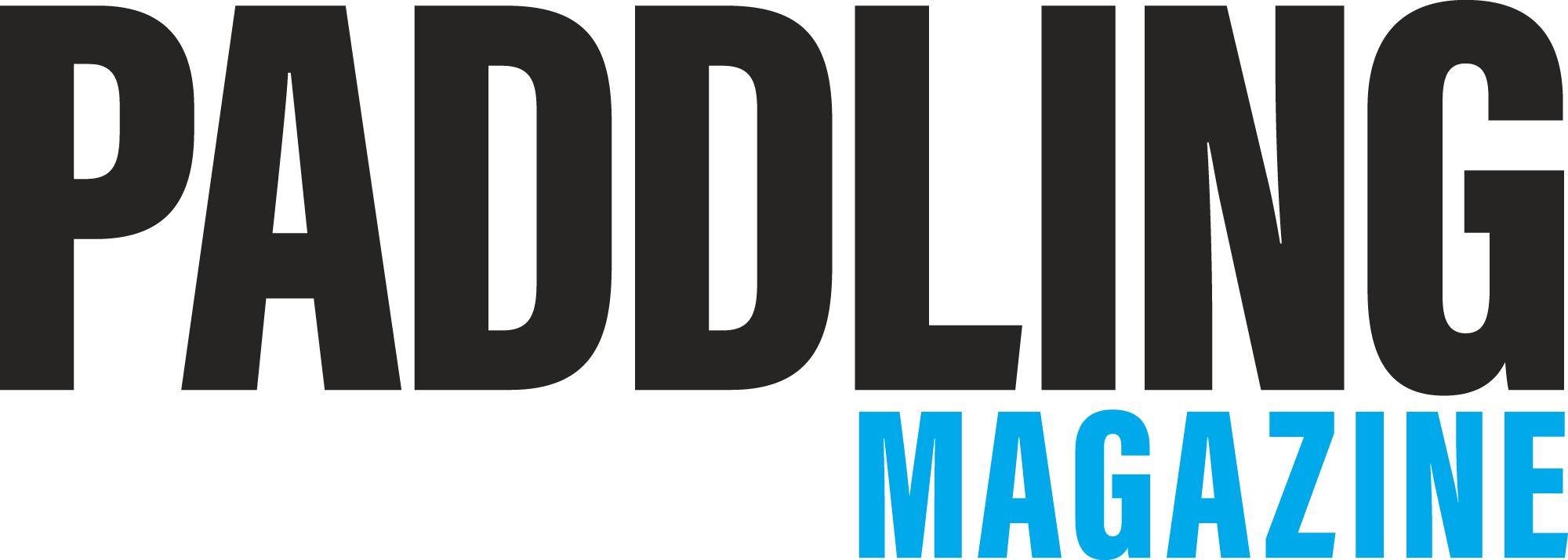

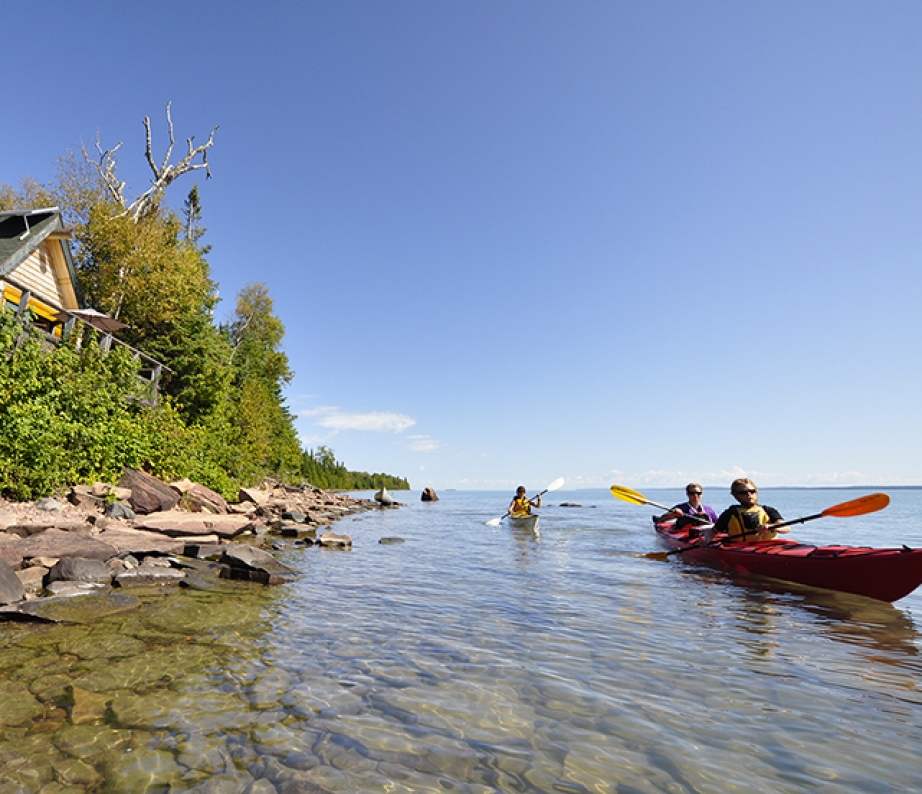

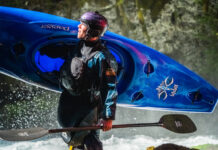

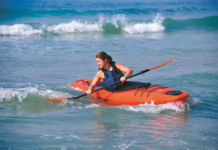
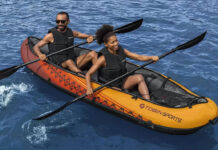

My children and I want to go kayaking on summer vacation. I like how you mention that a recreational kayak is a good option for new paddlers. Thank you for the advice. I’ll contact a Kayak rental so I can book a kayak for our vacation.